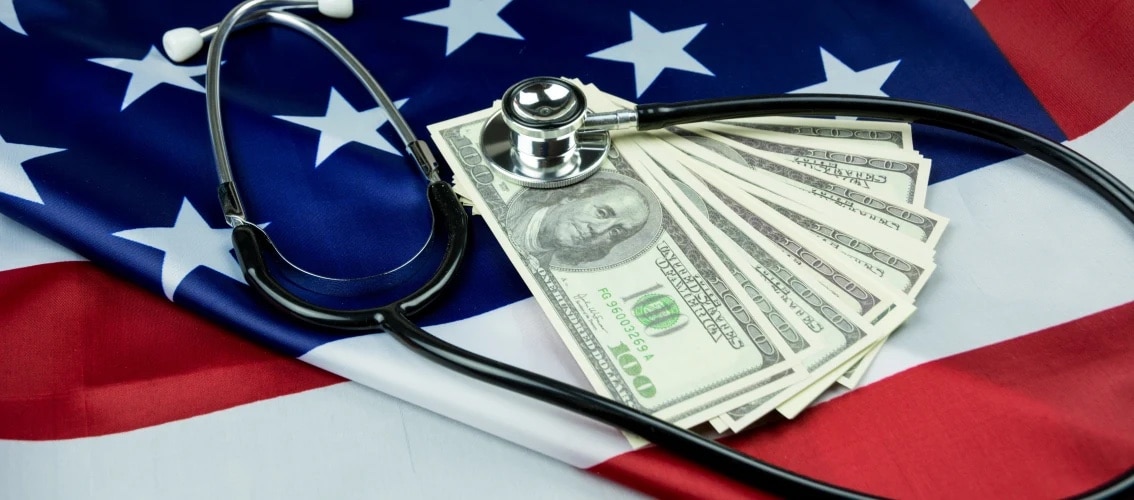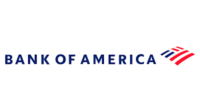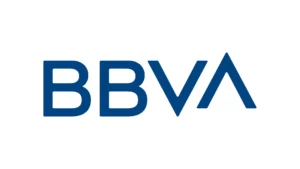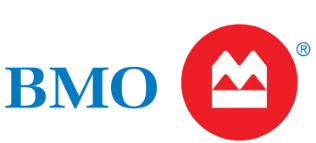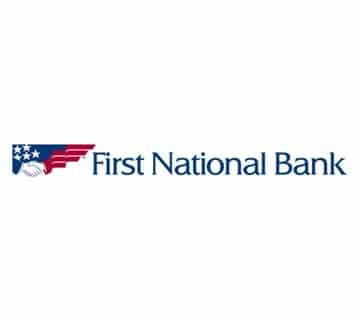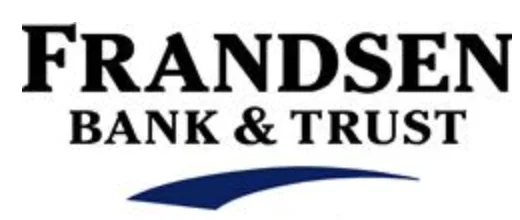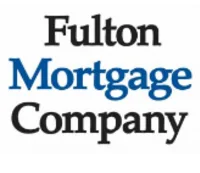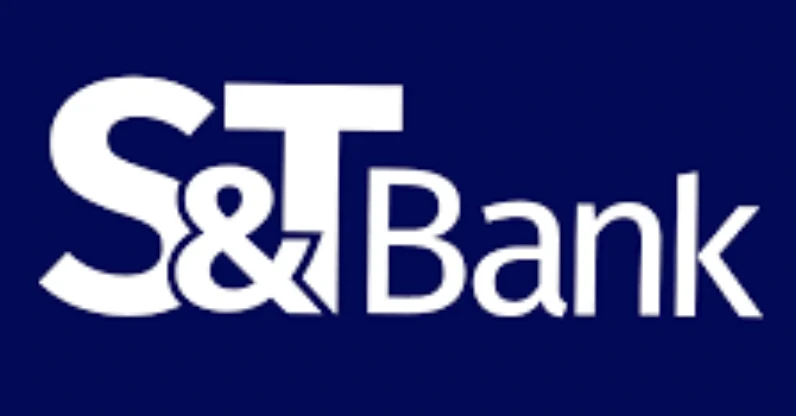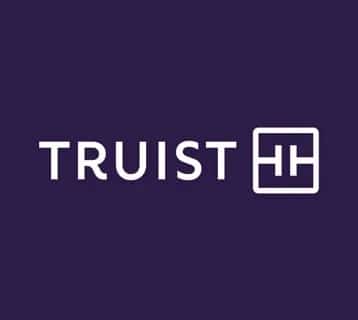The real estate market continues to shift in 2025 as home inventory, buyer demand, and lending standards evolve. For doctors and medical professionals, physician mortgage loans remain one of the most flexible ways to buy a home despite the changing rate environment. This guide explains who qualifies, how physician loan rates compare, and what to do if rates stay high longer than expected.
Do You Qualify for a Physician Mortgage?
A physician mortgage is a special home loan designed for medical professionals whose financial paths look different from most borrowers. These loans help doctors and other healthcare providers qualify for financing even while managing large student loan balances or transitioning from residency to practice.
Most physician mortgage lenders extend eligibility to several medical designations, including MDs, DOs, dentists, podiatrists, optometrists, veterinarians, and pharmacists. Some banks also consider chiropractors and nurse practitioners.
Your credit score, debt-to-income ratio, and employment status all play a role in qualification. While each lender’s rules vary, most recognize that physicians’ earning potential increases rapidly after training. That means future employment contracts and student debt are often evaluated differently than in conventional lending.
Do Physician Mortgage Loans Have Better Rates?
Physician mortgage loans are competitive, but their real advantage often lies in the loan structure rather than the headline interest rate. These programs typically offer:
- Flexible debt-to-income ratios: Lenders may exclude or discount medical school loans when calculating affordability.
- Low or no down payment options: Doctors can often qualify for up to 100% financing, allowing them to purchase without waiting to build savings.
- No private mortgage insurance (PMI): Unlike conventional loans, physician mortgages remove PMI entirely, lowering monthly payments.
- No work history requirement: Residents and fellows can qualify using an employment contract rather than pay stubs or W-2s.
- Jumbo loan availability: Many banks allow larger loan amounts to fit the budgets and housing needs of physicians.
These features often make physician loans more cost-effective than traditional mortgages, especially for borrowers early in their careers or purchasing in higher-priced markets.
Physician Mortgage Rates in 2025
Rates for physician loans in late 2025 reflect a stable but cautious lending environment. After several years of economic tightening, lenders remain focused on credit quality and long-term affordability. The Federal Reserve has signaled patience as inflation cools, creating moderate downward pressure on mortgage rates.
For doctors, this means that while rates are unlikely to return to the record lows of previous years, physician mortgage programs continue to offer strong value through flexible underwriting and zero-down options. Market competition among national and regional banks has also kept terms attractive for qualified borrowers.
If you are a medical professional planning to buy a home this year, monitor both national trends and lender-specific updates. Programs evolve quickly, and small adjustments in underwriting can make a meaningful difference in total cost. Compare physician mortgage programs available in your state to see current options from trusted lenders.
LeverageRx Helps You Find the Best Lenders in All 50 States
What to Do if Physician Mortgage Rates Stay High Longer Than Expected
Even though experts expect gradual relief in borrowing costs, mortgage rates may remain elevated for some time. If you’re a physician planning to buy a home, there are smart ways to manage affordability even in a higher-rate environment:
- Lock in your rate strategically: Once you’re under contract, a rate lock can protect you from market swings before closing.
- Consider an adjustable-rate mortgage (ARM): Many doctor loan programs offer 5-, 7-, or 10-year ARMs with lower initial rates, giving you flexibility if rates drop later.
- Make a larger down payment: Reducing your loan amount can improve terms and lower monthly payments.
- Use discount points to lower your rate: Paying a small upfront cost can reduce your interest rate for the entire loan term.
- Refinance later: With many economists expecting moderate rate cuts in 2026, locking in now and refinancing later could be a smart long-term move.
By approaching the market strategically, doctors can still take advantage of physician mortgage programs without waiting indefinitely for perfect conditions.
Which Banks Offer Physician Mortgage Loans?
BMO Bank
BMO provides up to 100% financing for qualified MDs, DOs, and dentists. Learn more: BMO Physician Loan Review
First Horizon
First Horizon offers flexible physician mortgages with no PMI and loan amounts up to $1.5 million. Learn More: First Horizon Physician Mortgage Review
Fulton
Fulton Bank’s doctor loan program supports physicians, dentists, and pharmacists with up to 100% financing. Learn more: Fulton Bank Physician Loan Review.
Lake Michigan Credit Union
LMCU provides zero-down options for new and established doctors, serving multiple states across the Midwest. Learn More: Lake Michigan Credit Union Physician Loan Review
Regions
Regions helps medical professionals purchase or refinance homes with financing up to 100% and competitive fixed or ARM terms. Learn more: Regions Bank Physician Loan Review
Truist
Truist remains one of the most popular doctor loan providers across the South and Mid-Atlantic, with flexible DTI rules and no PMI. Learn more: Truist Physician Mortgage Review
Key Takeaways
Physician mortgage loans continue to offer strong advantages for doctors navigating a steady housing market in 2025. These programs help offset higher home prices and tighter credit conditions with flexible underwriting, no PMI, and low down payment requirements.
For physicians, residents, and fellows ready to purchase, comparing lender programs and acting early can lead to significant long-term savings.
To see your physician mortgage rates, start by requesting your rates here.
